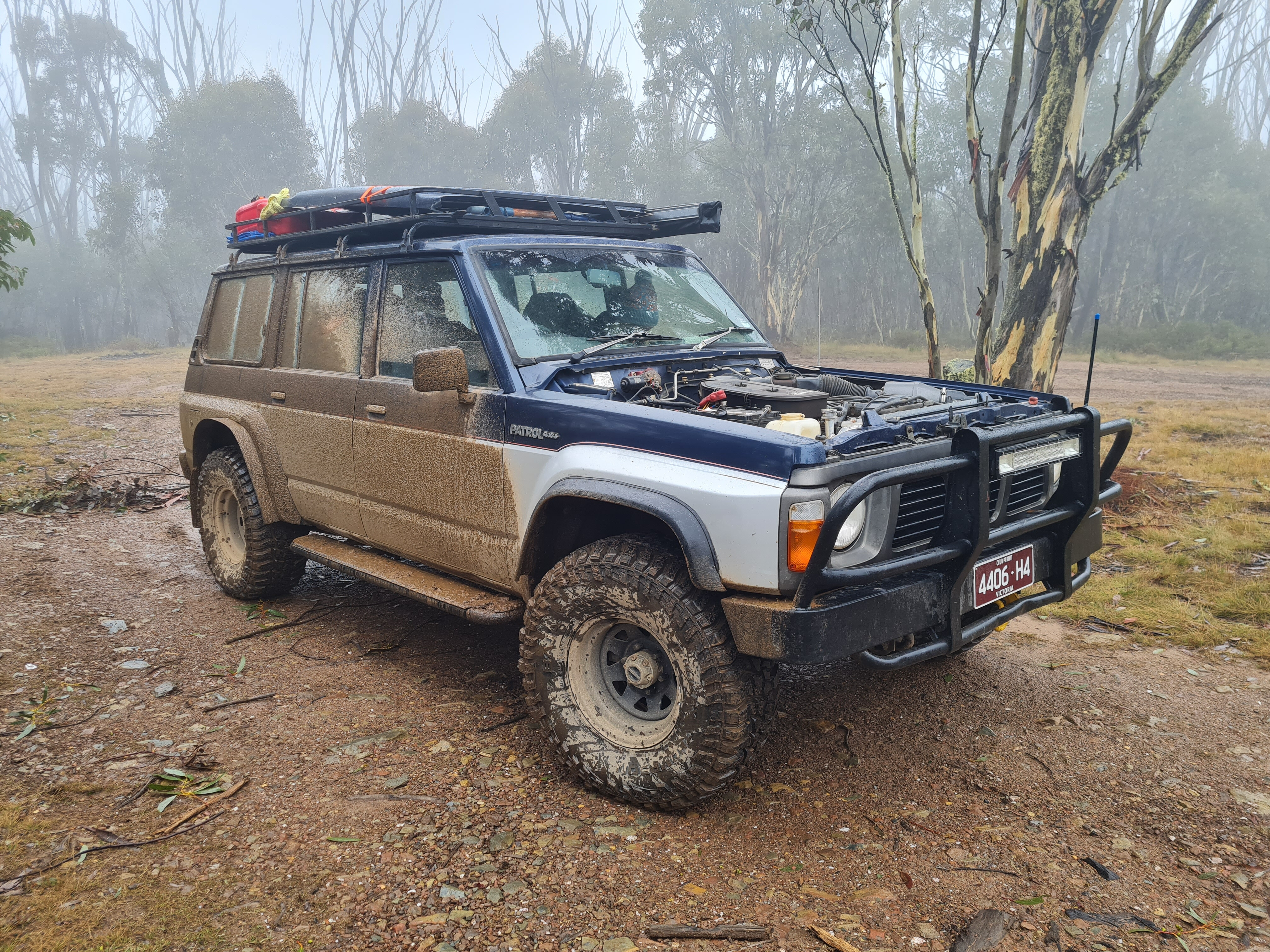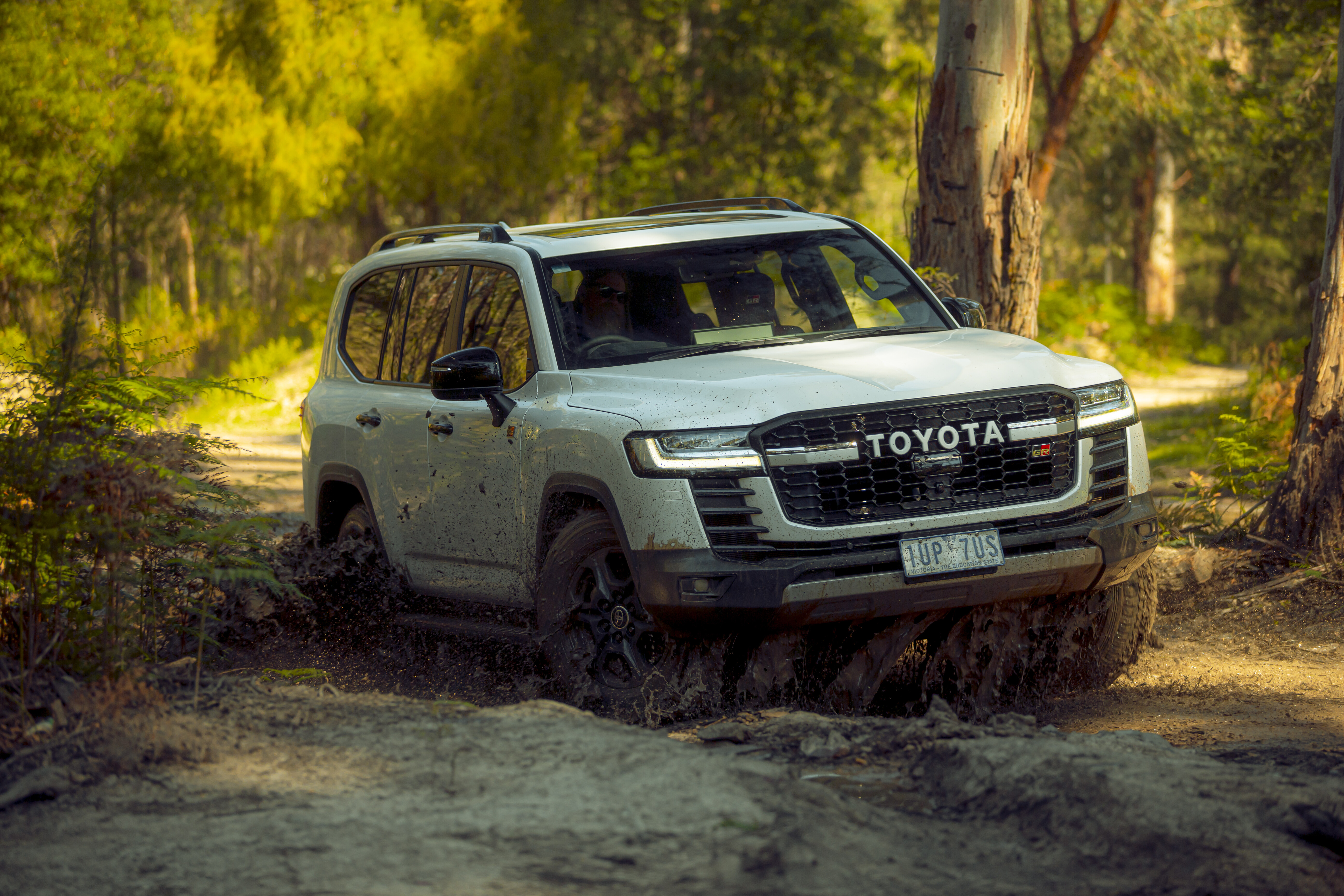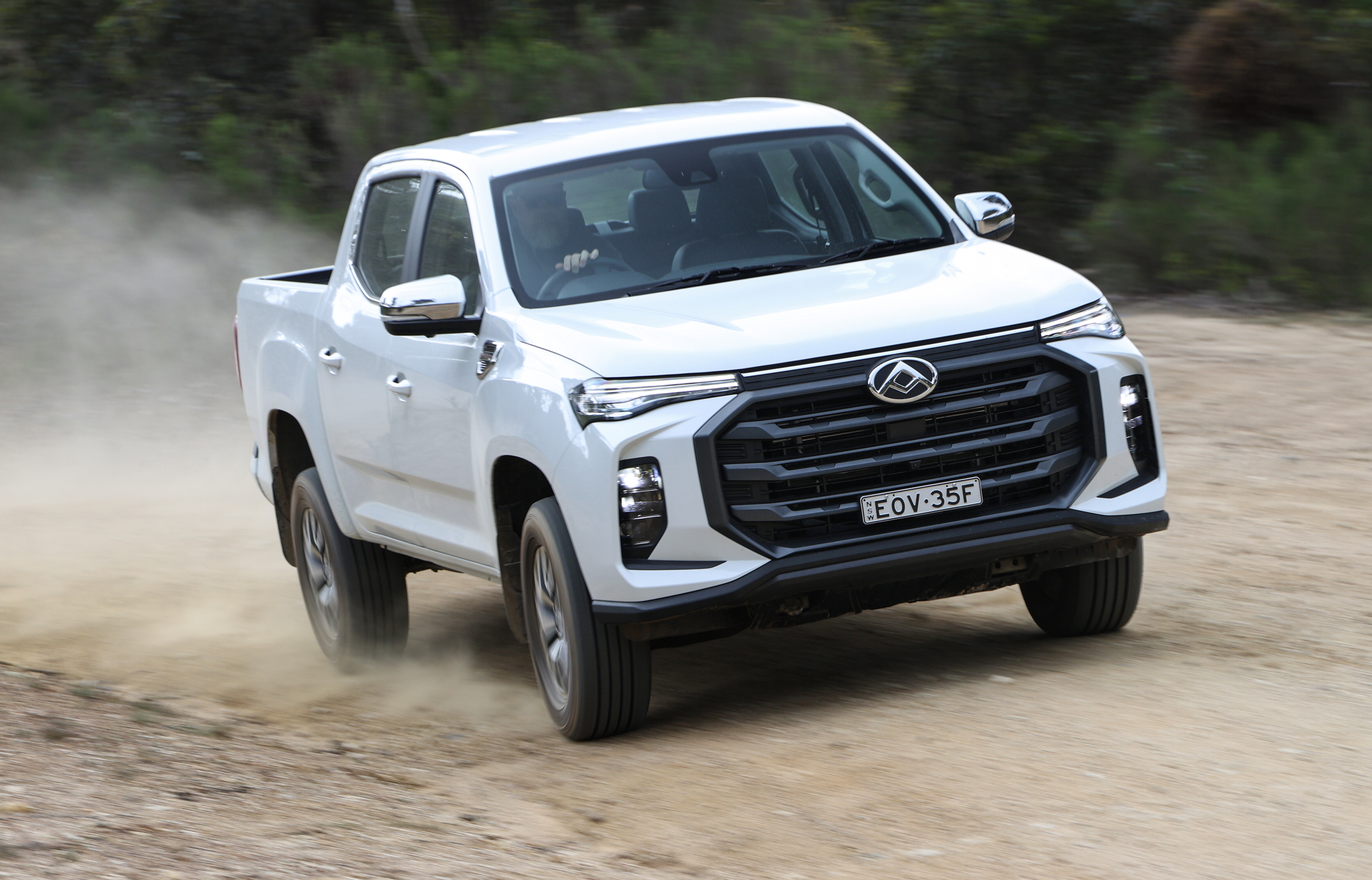The new Range Rover Vogue TDV8 manages a scale of economy not yet seen with the luxury mud-plugger.
They say life begins at 40, and after a pretty good four decades to date, the Range Rover just got better with the introduction of a new 4.4-litre TDV8 engine with 700Nm of torque, 230kW of power and fuel economy that rivals your average family sedan.The current, third-generation L322 Range Rover was launched in 2002 under Ford’s Premier Automotive Group, yet it was developed by BMW while under Bavarian ownership and used some technologies derived from BMW’s X5, including engines, transmissions and the monocoque chassis. The BMW engines soon made way for Ford-developed units and the 200kW, 600Nm, 3.6-litre TDV8 was introduced in 2007.Just two years on, Land Rover’s 3.0-litre TDV6 was encroaching on the TDV8’s performance figures – with 180kW and 600Nm – so a new, more powerful V8 was needed to head the diesel range. This also offered the engineers the chance to use the latest technologies to improve efficiency and reduce the Range Rover’s emissions output.The new TDV8 arrived here at the start of 2011 and features larger capacity thanks to a bore and stroke increase over that of the 3.6. The bore is up to 84mm from 81mm while stroke is 98.5mm, up from 88mm, to give a total of 4.36 litres.The bigger engine uses a pair of turbochargers in a series parallel configuration, the same as that employed on the 3.0-litre TDV6 found in Discovery 4 and Range Rover Sport. A medium-sized, variable-geometry turbocharger works alone to force feed air into the engine under normal driving conditions.When the engine revs climb beyond 2400rpm, valves in the exhaust manifold open to allow flow to a smaller, secondary turbo that spins up to speed in just 20 milliseconds to give full boost from the pair of turbochargers in just 180m with no evidence of lag. The smaller turbocharger is not in use when not required, thus improving engine efficiency by reducing pumping losses.Fuel injection is via direct injection, third-generation common rail using eight-hole Piezo injectors; up from seven holes in the TDV6. This allows for more precise fuel delivery under the full range of engine speeds and load. The new injection system supplies fuel on demand rather than filling the rail and returning the unused fuel to the tank. This increases efficiency by reducing the amount of cooling required when fuel is returned to the tank.






